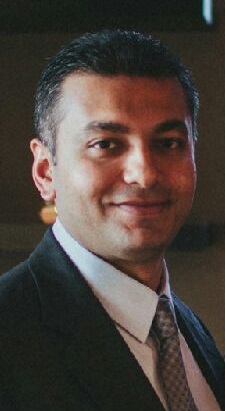Add water to ouzo liquor, and it turns cloudy. This “ouzo effect” is an example of an easy way to make highly stable emulsions but nobody has yet fully understood how it works. Now, researchers report in ACS Central Science that the secret may lie in the unique structure of the emulsion’s droplets.
Tag: transmission electron microscopy
FAU Receives U.S. Department of Defense Grant for Powerful Imaging Tool
Transmission Electron Microscopy is essential for studying the micro- and nanostructure of inorganic, organic and hybrid materials. In inorganic samples, the instrument reveals the orientation and internal structure of crystal lattices down to individual atoms, as well as defects, such as dislocations or
grain boundaries. Transmission Electron Microscopy is the preferred method to directly measure the size, grain size, size distribution, and morphology of nanomaterials.
Tracking Pileups on Battery Charging Route to Drive Performance
An understanding of this mechanism could help scientists increase the total amount of energy stored by next-generation lithium-ion batteries.
This crystal impurity is sheer perfection
Scientists at Berkeley Lab and UC Berkeley have developed a nanoparticle composite that grows into 3D crystals. The new 3D-grown material could speed up production and eliminate errors in the mass manufacturing of nanoscale photonics for smart buildings or actuators for robotics.
One-of-a-kind Microscope Enables Breakthrough in Quantum Science
Technion-Israel Institute of Technology researchers recently made an extraordinary breakthrough in the field of quantum matter when they documened, for the first time, a new type of interaction between light and matter.
Peering into Functioning Batteries with Sooyeon Hwang
Using electron microscopes, Hwang—a materials scientist at Brookhaven Lab’s Center for Functional Nanomaterials (CFN)—characterizes the structure and chemistry of operating battery electrode materials.
Brookhaven Lab’s Lijun Wu Receives 2020 Chuck Fiori Award
For the past 20 years, Wu has been advancing quantitative electron diffraction to study batteries, catalysts, and other energy materials.
Chasing Lithium Ions on the Move in a Fast-Charging Battery
Atomic distortions emerging in the electrode during operation provide a “fast lane” for the transport of lithium ions.

CFN User Spotlight: Nik Singh Seeks Better Battery Materials
Since 2011, Nikhilendra (Nik) Singh has been a senior scientist in the Materials Research Department at the Toyota Research Institute of North America. His quest to find alternatives to lithium-ion batteries has brought him to Brookhaven Lab’s Center for Functional Nanomaterials (CFN).
CFN Staff Spotlight: Xiaohui Qu Bridges the Data Science-Materials Science Gap
As a staff member in the Theory and Computation Group at Brookhaven Lab’s Center for Functional Nanomaterials, Qu applies various approaches in artificial intelligence to analyze experimental and computational nanoscience data.